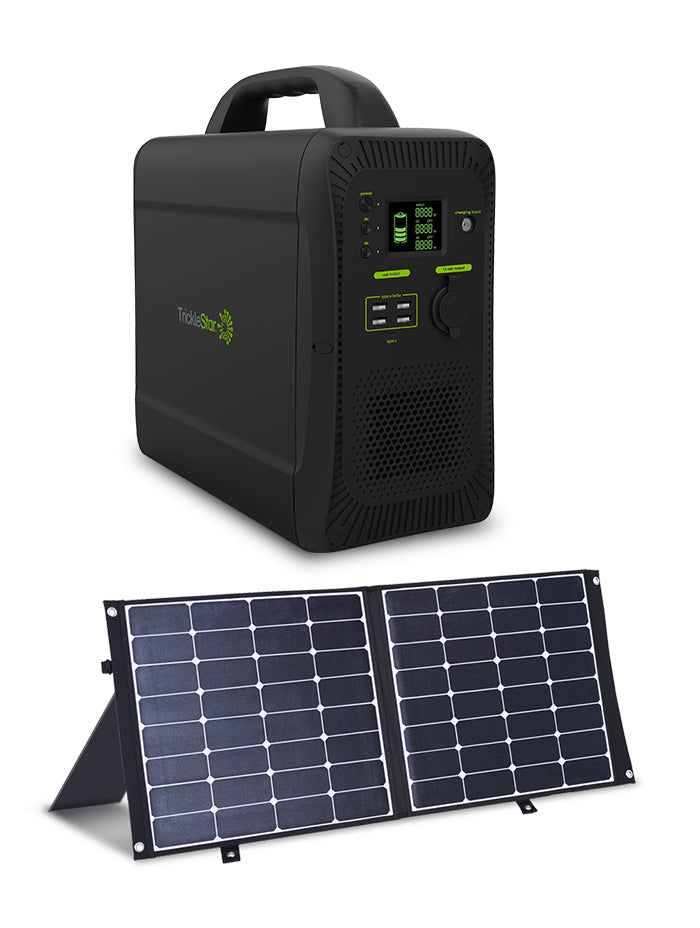
Solar Power Station: Harnessing Sustainable Energy Solutions
In the ever-evolving landscape of renewable energy, solar power stations stand out as monumental contributors to sustainable and clean power. Let’s delve into the intricacies of these energy behemoths, exploring how they harness sunlight to power our homes and communities.
Revolutionizing Energy Generation
Solar power stations are at the forefront of a revolution in energy generation. Unlike traditional power plants that rely on finite fossil fuels, these stations harness the limitless power of the sun. Solar panels, often covering vast areas, convert sunlight into electricity, providing a clean and renewable source of energy.
Scale and Impact: Gigawatts of Clean Power
One distinguishing feature of solar power stations is their scale. These massive installations can generate gigawatts of electricity, making a substantial impact on regional and even national power grids. The sheer size and output of these stations contribute significantly to reducing reliance on non-renewable energy sources.
Efficiency in Sunlight Capture
Efficiency is key in solar power stations. The design and orientation of solar panels are meticulously planned to capture maximum sunlight throughout the day. Tracking systems, both single-axis and dual-axis, further optimize sunlight capture, ensuring that panels are always positioned for optimal energy production.
Storage Solutions: Balancing Supply and Demand
While the sun doesn’t shine 24/7, solar power stations address this challenge with advanced energy storage solutions. Batteries, capable of storing excess energy generated during peak sunlight hours, ensure a consistent power supply during periods of low sunlight or high energy demand, contributing to grid stability.
Smart Grid Integration
Solar power stations aren’t just about generating energy; they are integral components of smart grids. Smart grid integration allows for efficient distribution of electricity, real-time monitoring of energy consumption, and the ability to adapt to fluctuations in demand. This intelligence enhances overall grid resilience and reliability.
Sustainable Impact on the Environment
One of the most significant advantages of solar power stations is their sustainable impact on the environment. By generating electricity without emitting harmful pollutants or greenhouse gases, these stations play a crucial role in mitigating climate change and reducing the carbon footprint associated with traditional energy sources.
Job Creation and Economic Growth
The development and maintenance of solar power stations contribute to job creation and economic growth. From the initial construction phase to ongoing operations and maintenance, these projects create employment opportunities, fostering local economies and communities.
Explore Solar Power Stations at Pudacanmanel.com
Ready to explore the world of solar power stations? Visit Pudacanmanel.com to learn more about the innovative technologies and sustainable solutions powering these energy giants. This platform provides valuable insights and resources to help you stay informed about the latest advancements in solar energy.
Global Impact on Energy Transition
Solar power stations play a pivotal role in the global transition to cleaner and more sustainable energy sources. As nations seek to diversify their energy portfolios and reduce dependence on non-renewable resources, these stations emerge as cornerstones of a more resilient and eco-friendly energy infrastructure.
Innovation Driving the Future
The landscape of solar power stations is continuously evolving with ongoing innovation. From advancements in solar panel technology to improved storage solutions and grid integration, innovation remains the driving force behind the efficiency and effectiveness of these solar behemoths.
Conclusion: Powering a Sustainable Tomorrow
In the grand scheme of the energy landscape, solar power stations represent a beacon of hope for a sustainable tomorrow. Their ability to generate massive amounts of clean energy, coupled with ongoing advancements, positions them as catalysts for positive change in the global pursuit of a greener and more sustainable future.
